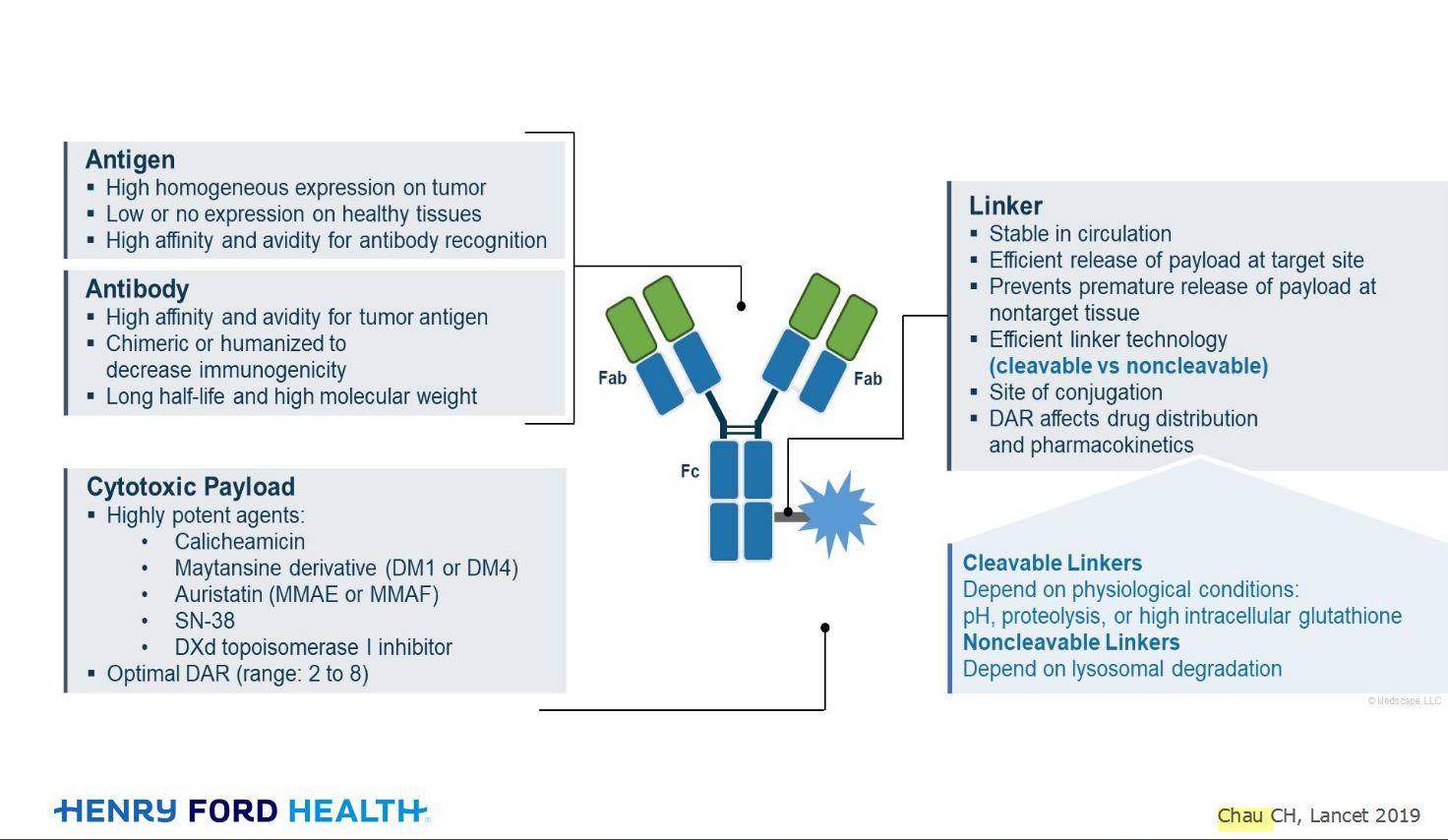Welcome!
Welcome to the new CancerGRACE.org! Explore our fresh look and improved features—take a quick tour to see what’s new.
Dr. Heather Wakelee, Stanford University Medical Center, discusses the purpose of adjuvant chemotherapy, and which patients benefit most from it.
Transcript
Adjuvant chemotherapy is chemotherapy given after surgery for early stage non-small cell lung cancer. What is early stage non-small cell lung cancer? That’s lung cancer that has either not spread at all, or spread just to lymph nodes in the lung which would be called stage II, or to lymph nodes in the central part of the chest or mediastinum called stage III.
When a patient is thought to have stage I or II lung cancer, for most people the best treatment is to go to surgery, and with surgery we’re able to cure more than half of patients. However there is still a high chance of the cancer coming back so chemotherapy is given to reduce the chance of the cancer coming back. With stage III lung cancer it’s a bit more complex, and normally if we know it’s stage III beforehand, other treatments are given instead of just going straight to surgery, but sometimes we can’t see the cancer on the imaging studies like PET scans and CT scans and you only find out about it after surgery.
So we end up with patients with stage I, II, and III who have gone to surgery, have recovered from surgery, and now have to face the question of, “what can I do to reduce the chance of the cancer coming back?” It’s in that setting that we offer adjuvant chemotherapy. We know from randomized clinical trials where half the patients got chemotherapy and half didn’t, that we can improve the cure rates by giving chemotherapy.
The benefit is different for the different stages — we know it definitely helps for stage III, we know it definitely helps for stage II where there are lymph nodes in the lung — in stage I it’s a bit more controversial. For patients with stage I lung cancer that’s small, less than 4cm, we don’t think the chemotherapy actually improves the cure rates, and so it’s not usually recommended. For patients with tumors over 4cm, it becomes a discussion between the patient and their providers trying to make that decision because the data is just not as strong. When we look at subset analyses from clinical trials, there was a survival benefit seen in the subset with the larger tumors, but again it was a subset, it wasn’t the primary endpoint of the trial, and so you have to take that cautiously because you don’t know it’s the definite truth.
So it’s always an important discussion to go through that with the patient and with the providers as well.
Please feel free to offer comments and raise questions in our
discussion forums.
Dr. Singhi's reprise on appropriate treatment, "Right patient, right time, right team".
While Dr. Ryckman described radiation oncology as "the perfect blend of nerd skills and empathy".
I hope any...
My understanding of ADCs is very basic. I plan to study Dr. Rous’ discussion to broaden that understanding.

An antibody–drug conjugate (ADC) works a bit like a Trojan horse. It has three main components:
Bispecifics, or bispecific antibodies, are advanced immunotherapy drugs engineered to have two binding sites, allowing them to latch onto two different targets simultaneously, like a cancer cell and a T-cell, effectively...
The prefix “oligo–” means few. Oligometastatic (at diagnosis) Oligoprogression (during treatment)
There will be a discussion, “Studies in Oligometastatic NSCLC: Current Data and Definitions,” which will focus on what we...
Radiation therapy is primarily a localized treatment, meaning it precisely targets a specific tumor or area of the body, unlike systemic treatments (like chemotherapy) that affect the whole body.
The...

Welcome to the new CancerGRACE.org! Explore our fresh look and improved features—take a quick tour to see what’s new.
A Brief Tornado. I love the analogy Dr. Antonoff gave us to describe her presentation. I felt it earlier too and am looking forward to going back for deeper dive.